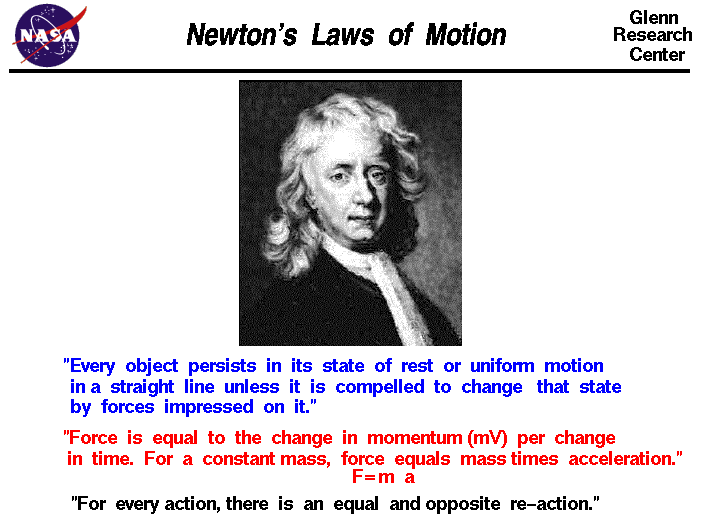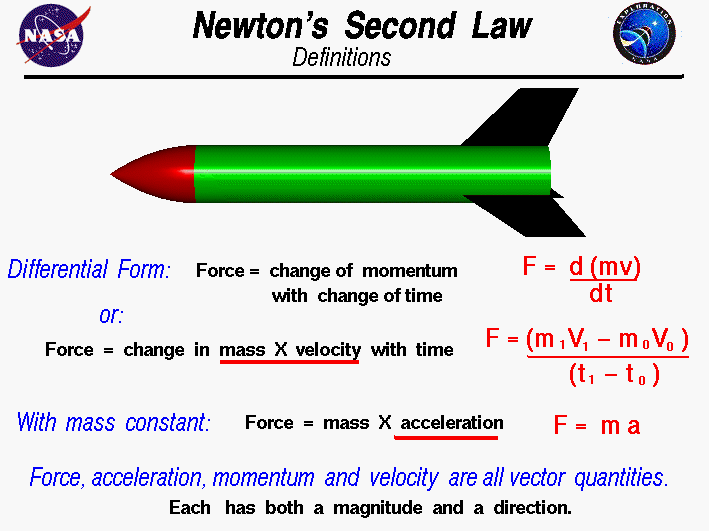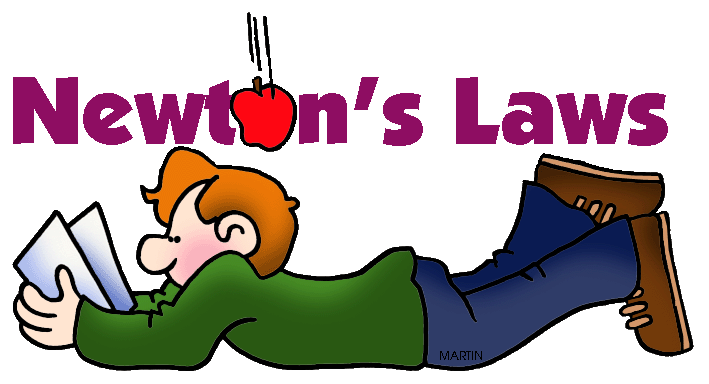Highlighting Newton's Laws
Applications to various fields
About

Newton's Law of Motion
Newton's laws of motion are three physical laws that, together, laid the foundation for classical mechanics. They describe the relationship between a body and the forces acting upon it, and its motion in response to those forces. More precisely, the first law defines the force qualitatively, the second law offers a quantitative measure of the force, and the third asserts that a single isolated force doesn't exist. These three laws have been expressed in several ways, over nearly three centuries.
Application
Newton's laws are applied to objects which are idealized as single point masses,[9] in the sense that the size and shape of the object's body are neglected to focus on its motion more easily. This can be done when the object is small compared to the distances involved in its analysis, or the deformation and rotation of the body are of no importance. In this way, even a planet can be idealized as a particle for analysis of its orbital motion around a star.
UNIT FOCUS
Newton's First Law of motion
Our discussion on Newton's First law of Motion will entail Newton's first law: An object at rest remains at rest, or if in motion, remains in motion at a constant velocity unless acted on by a net external force.
Newton's Second Law of Motion
Our discussion On Newton's Second Law of Motion will entail Newton’s Second Law of Motion = The acceleration of an object by a force is inversely proportional to the mass of the object and directly proportional to the force. Force (N) = mass (kg) x acceleration (m/s2 ) F = m a
Newton's Third Law of Motion
Our Discussion on Newton's Second Law of Motion will entail For every action, there is an equal and opposite reaction. Momentum = depends on the object’s mass and velocity. The more momentum an object has, the harder it is to stop the object or change its direction. Momentum = mass x velocity p = m x v Kilogram-meters per second, kg·m/s (momentum) Kilograms, kg (mass) Meters per second, m/s (velocity)
Contact
- West Columbia, South Carolina, United States
Articles
Forum

Here you can find a great community for sharing your thoughts on the Unit Newton's Laws of Motion


